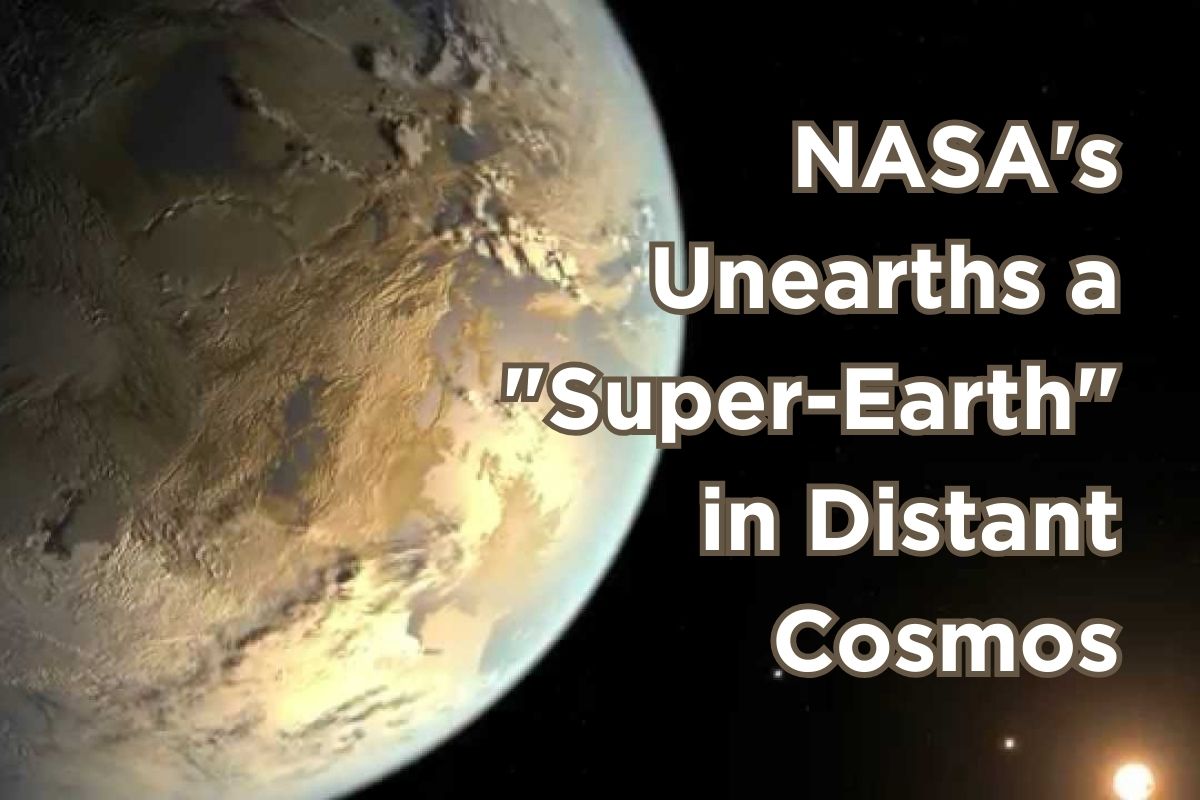
In a significant revelation, NASA, the renowned American space agency, has stumbled upon a celestial gem — a “super-Earth” potentially hospitable to life. This newfound world lies at a staggering distance of 137 light-years from our own.
TOI-715 b: A Closer Look at Our Celestial Neighbor
Dubbed TOI-715 b, this celestial body is more extensive than Earth but smaller than Neptune. Positioned within the “conservative” habitable zone around its parent star, it orbits in a swift 19-day cycle. The intriguing part? Scientists speculate it might possess liquid water on its surface.
Exploring the Possibilities
Unveiling the finer details, NASA shared, “This ‘super-Earth’ resides around a small, reddish star, a mere 137 light-years away from us. The same cosmic system could also play host to another Earth-sized companion.” Shedding light on the conservative habitable zone, a more precise classification, NASA anticipates that the planet stands in a favourable position for potential life, based on preliminary measurements.
Cosmic Dance Around Red Dwarfs
Similar to this celestial find, red dwarfs, smaller and cooler than our Sun, often accommodate “small, rocky worlds.” NASA notes, “Despite their closer orbits, these planets maintain a safe distance within the star’s habitable zone, thanks to the diminutive size and lower temperature of red dwarfs.”
TESS: The Cosmic Scout
The discovery owes credit to the Transiting Exoplanet Survey Satellite (TESS). Its ability to detect planets swiftly due to shorter orbital durations aids scientists in thorough investigations. NASA now gears up to scrutinize TOI-715 b using the advanced James Webb telescope.
The Crucial Variables Ahead
As NASA emphasizes, “Much hinges on the unique properties of this celestial body. Its mass, and the possibility of being a ‘water world,’ could significantly impact our ability to detect its atmosphere. A ‘water world’ would make the atmosphere more prominent and easier to detect compared to denser, drier counterparts.”
In the quest for celestial understanding, NASA’s revelation unfolds new chapters in our exploration of the vast cosmos.
About NASA
NASA, the distinguished American space agency, stands as a symbol of human curiosity and ingenuity in the quest for understanding the cosmos. Since its inception, NASA’s primary objectives have been twofold: to explore the mysteries of the universe and to advance technological capabilities that push the boundaries of space exploration.
Core Objectives
At its core, NASA aims to unravel the secrets of the cosmos, studying celestial bodies, phenomena, and the fundamental forces that govern the universe. The agency’s objectives encompass scientific research, technological innovation, and international collaboration, all with the overarching goal of expanding our knowledge of the universe.
Milestones in Cosmic Exploration
Throughout its illustrious history, NASA has achieved remarkable milestones that have reshaped our understanding of space. The Apollo missions, notably Apollo 11, marked humanity’s first steps on the Moon. These historic events showcased NASA’s prowess in space travel and laid the foundation for subsequent exploration endeavours.
Shuttle Era and Beyond
The Space Shuttle era brought a new dimension to NASA’s capabilities, enabling routine access to low Earth orbit. The Hubble Space Telescope, a testament to NASA’s commitment to scientific discovery, captured breathtaking images of distant galaxies, providing invaluable insights into the cosmos.
Mars Rovers and Beyond
In recent years, NASA’s focus has extended to Mars exploration. Landmark missions like the Mars Rover expeditions, including Perseverance and Curiosity, aim to uncover the mysteries of the Martian landscape and assess the potential for past or present life.
Technological Innovations
NASA’s commitment to technological innovation is evident in the development of cutting-edge tools and spacecraft. The James Webb Space Telescope, poised to revolutionize our understanding of the universe, exemplifies NASA’s dedication to pushing the boundaries of space observation.
Global Collaboration
In the spirit of international cooperation, NASA collaborates with space agencies worldwide, fostering a shared commitment to cosmic exploration. This collaborative approach enhances the collective understanding of our universe and promotes the peaceful exploration of space.
Inspiring Future Explorers
Beyond its scientific and technological achievements, NASA actively engages in educational initiatives to inspire the next generation of scientists, engineers, and explorers. Through outreach programs and educational resources, the agency seeks to cultivate a passion for space exploration and scientific inquiry.
In essence, NASA’s journey encapsulates decades of exploration, discovery, and innovation, with each mission contributing to our evolving comprehension of the vast and wondrous universe that surrounds us.







